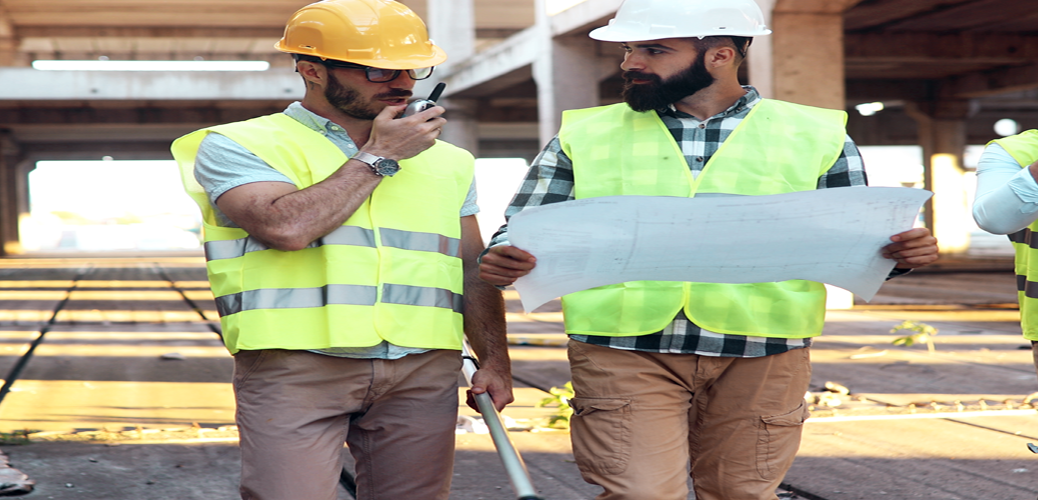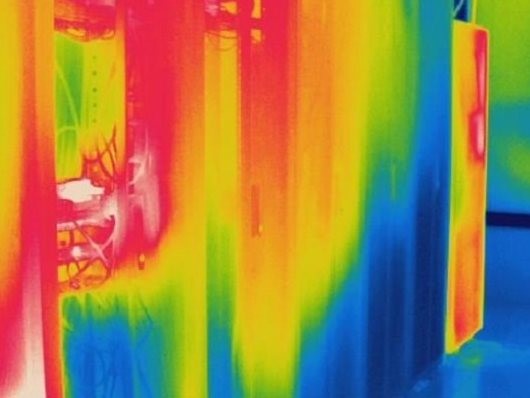
Server Room Integrity Test Failure
The Reason for Server Room Integrity Test Failure
Server rooms and data centres that have gaseous fire extinguishing systems are required to be tested on an annual basis. This is obviously critical given the consequences of fire damage and down time for such equipment. It is essential that

This is often due to penetrations through the wall, ceiling and floors the enclosure is not able to retain the extinguishant agent for the required holding period – usually 10 minutes. If the server room fails the integrity test, remedial work should then be undertaken to reduce the leakage from the enclosures envelope, this may include;
- Sealing the underside of doorways within the floor void (Risk Level 10)
- Sealing all cracks or penetrations leading into or out of the protected enclosure (Risk Level 8)
- If a false ceiling is installed below the structural soffit, ensure the air tightness line – usually above the false ceiling is fully sealed. (Risk Level 10)
- Ensure all structural steels are sealed where they go through the inner envelope (Risk Level 8)
- Seal around the all air conditioning/cooling vent frames (Risk Level 8)
- Sealing all pipe chases and cable trays to be sealed around the outside and inside where they penetrate the perimeter boundaries of the protected enclosure (Risk Level 10)
- Walls to be caulked around the inside perimeter at both high and low level (Risk Level 9)
- The sealing of porous block walls – this can be remedied by painting etc. (Risk Level 8).
- The addition of door sweeps or drop seals, weather stripping around jambs (Risk Level 9)
- Sealing of windows/glazed sections to the area (Risk Level 8)
For fire suppression system to work properly, the room must have sufficient
integrity to retain an extinguishing concentration for a specified period after
discharge – usually 10 minutes) if the enclosure can’t adequately hold the
extinguishment the fire may reignite causing further damage. As this is the
predominant cause of failure, the British and International Standard (BS:
ISO14520) requires that a server room integrity
test be conducted on system installation and thereafter
at annual intervals, failure to do so may negate your buildings insurance.
In the event of a failed server room integrity test we can quickly
locate the air leakage paths using low impact smoke-puffers – if permitted. We can then issue an air leakage report
highlighting the air leakage paths within the server room enclosure. This will
ensure that you have all of the required information to undertake targeted remedial sealing
works on the enclosure.
Once the air leakage paths are sealed a second room integrity test can be undertaken – if time permits. Once the appropriate remedial work has been undertaken then the enclosure should be retested to confirm if an acceptable level of integrity has been reached and the results recorded.
Our professional engineers, using the very latest in testing technology will provide thorough informative assessments concerning potential areas of leakage, advice and recommendations on protection and solution, as
If you would like more information in regards to Room Integrity Testing Please visit reference the following ISO standards: ISO 14520, NFPA 2001 and ISO 15004
If you would like more information on our server room integrity testing, please visit us at info@airpressuretesting.net or visit our Room Integrity Page.